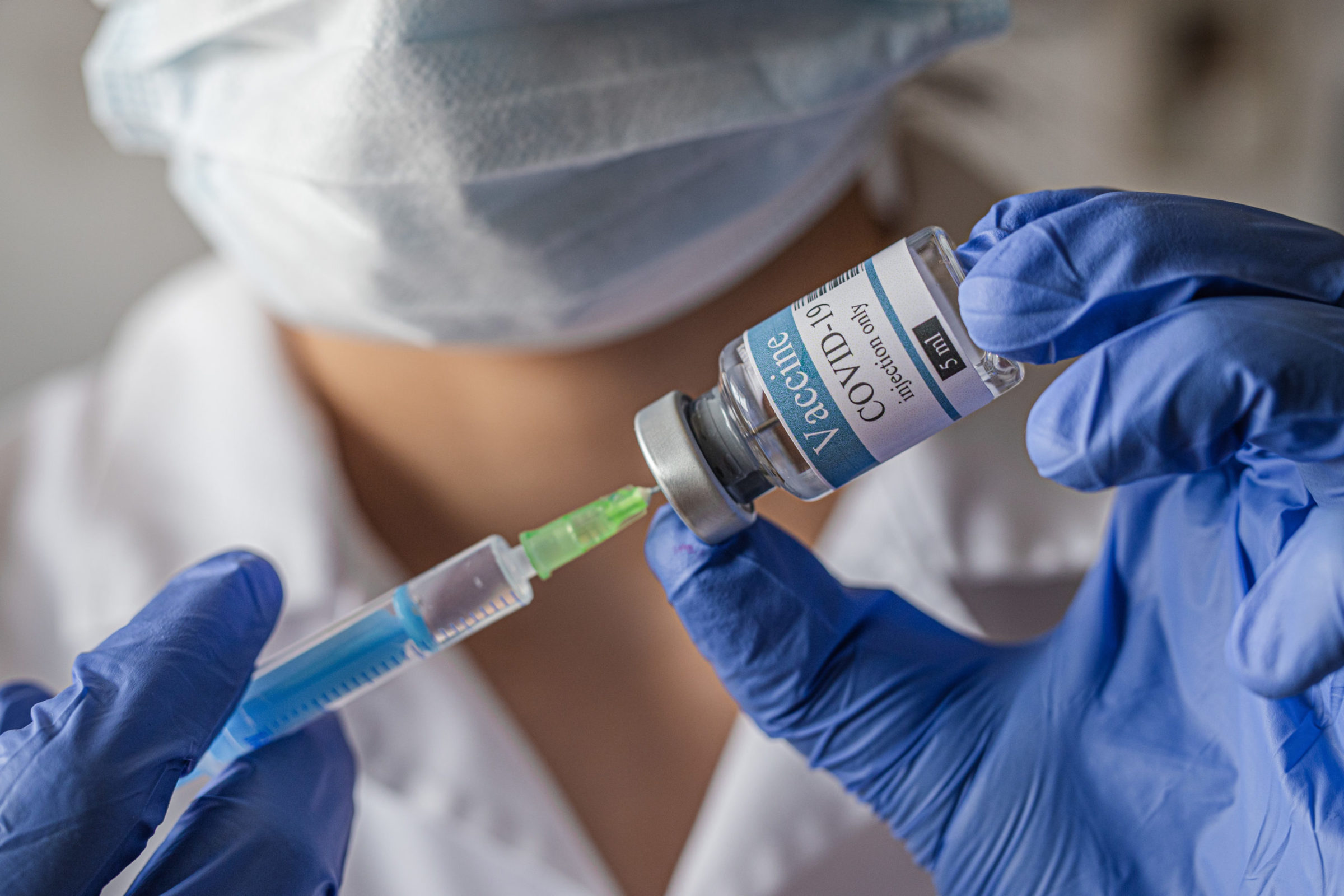Hospice Workers Should Be at the Front of the Vaccine Line Too
Originally published at National ReviewWe all know that residents in long-term-care/assisted-living facilities and frontline health-care personnel make up Phase 1a of the CDC vaccine distribution plan, putting them — rightly — at the front of the vaccine line. But not all medical workers are apparently created equal. I am specifically referring to hospice workers, who have been placed toward the back of the queue in several states.
For example, hospice workers are Phase 1 B in Colorado, Louisiana, and Mississippi. In South Dakota, they are listed as 1-C and in West Virginia, Phase 2.
This is ridiculous and discriminatory. Hospice workers — whether professionally licensed or not — assist terminally ill people in their last months of life. Usually, this care is provided in the home.
I was once a volunteer for hospice. And one of the most meaningful interactions I saw was between a dying man and the woman who came to bathe him and anoint his dry skin with cream. You should have seen the grateful look on that man’s face! She may not have been a nurse, but I can tell you that the service she offered was as important as pain control to her patient.
Don’t such beautiful and attendant caregivers deserve protection too?
Beyond the justice of the matter, terminally ill people would be especially susceptible to dying quickly if they contract COVID. How awful if the person coming to their deathbed to offer succor and care became the immediate cause of their passing!
It’s also a matter of community safety. Hospice workers interact closely with the relatives of the dying. Surely, families and these workers need the protection that the vaccine offers as workers who care for our frail elderly in assisted-living facilities and nursing homes.
Hospice is as much a part of the health-care system as hospitals, doctors’ offices, and urgent-care clinics and should be treated as such. All hospice workers who interact with patients and families should be at the front of the vaccine line.
